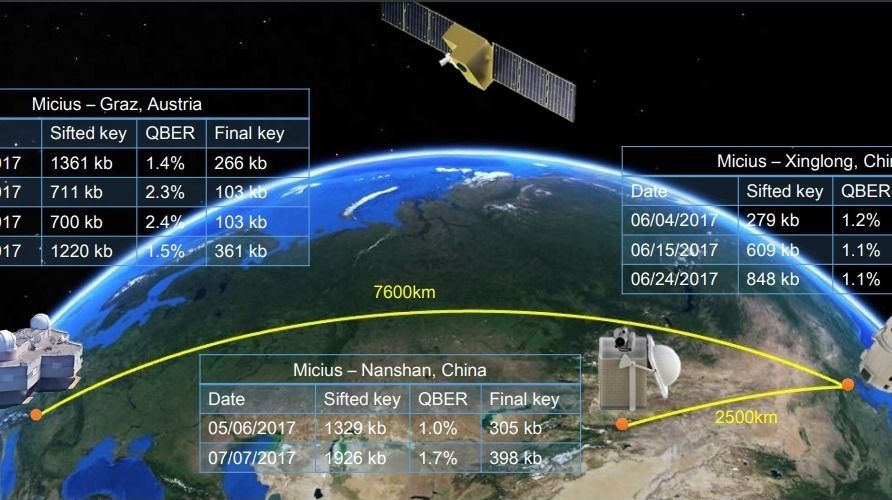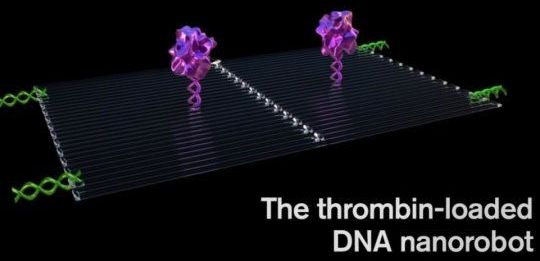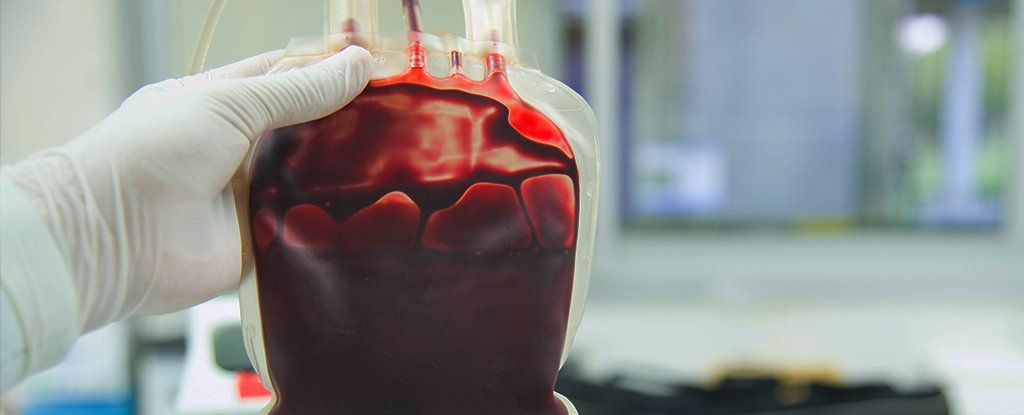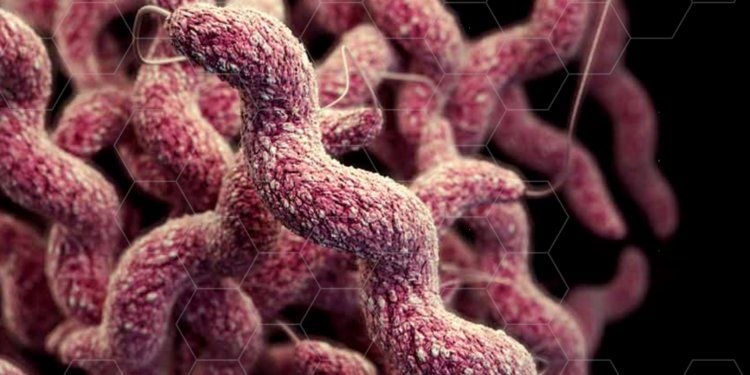Get the latest international news and world events from around the world.


Speaking a second language slows down aging and makes you smarter
Speaking a second language slows brain aging and makes you smarter.

Cancer-fighting nanorobots programmed to seek and destroy tumors
In a major advancement in nanomedicine, Arizona State University (ASU) scientists, in collaboration with researchers from the National Center for Nanoscience and Technology (NCNST), of the Chinese Academy of Sciences, have successfully programmed nanorobots to shrink tumors by cutting off their blood supply.
“Nanodrops” That Repair Corneas May Ultimately Replace Glasses
Quite a number of people develop nearsightedness or farsightedness during their lifetimes. “Nanodrops,” a new eye drop developed by Israeli ophthalmologists, has successfully fixed corneas in pig eyes, and could potentially do the same for people.
New eye drops developed by researchers from the Shaare Zedek Medical Center and Bar-Ilan University in Israel can improve both nearsightedness and farsightedness, the inventors claim. However, so far the “nanodrops” have only been successfully tested on pigs’ corneas.

We Might Finally Know Why The Blood of Young People Can Rejuvenate Old Brains
Scientists have been rejuvenating old mice with infusions of not just the blood of younger mice, but even blood from teenage human beings — and we finally have our first clues on why this strange technique works.
Researchers have discovered an enzyme that helps rescue ageing brains from cognitive decline. So far it’s only been shown in mice, but if the same mechanisms are found in humans, it could lead to a new class of anti-ageing therapies.
Four years ago, a team of researchers led by neurobiologist Saul Villeda from the University of California, San Francisco, discovered that giving older mice infusions of blood from younger mice improved their memory and learning by improving connections in the hippocampus.

A startup that wants to better understand the relationship our gut has to our brain just raised $66 million
A startup working to better understand the relationship our gut has with our brain has raised another $66 million.
New York-based Kallyope raised its series B round from new investors Two Sigma Ventures and Euclidean Capital. They were joined by Polaris Partners, Illumina Ventures, Lux Capital and others that had invested in Kallyope’s $44 million series A round in 2015.
Kallyope is trying to figure out how exactly the brain interacts with the gut by mapping it out. By collecting sequencing information about cells in the gut, for example, Kallyope can better figure out how they’re connected to neurons in the brain in a series of circuits. Understanding that relationship could lead to pills that could interact with the gut’s signals and in turn pass that message along to the brain.
Scientists Use EEG Machine to Create Digital Images From Brain Activity
Neuroscientists have devised a new method of “mind-reading” technology that recreates images perceived by the human brain based on EEG readings.
Why Quantum Computers Will Be Exponentially Faster Than Digital Computers
Check out this week’s episode of Singularity Hub’s video series, Tech-x-planations, to learn more about what a quantum computer really is.